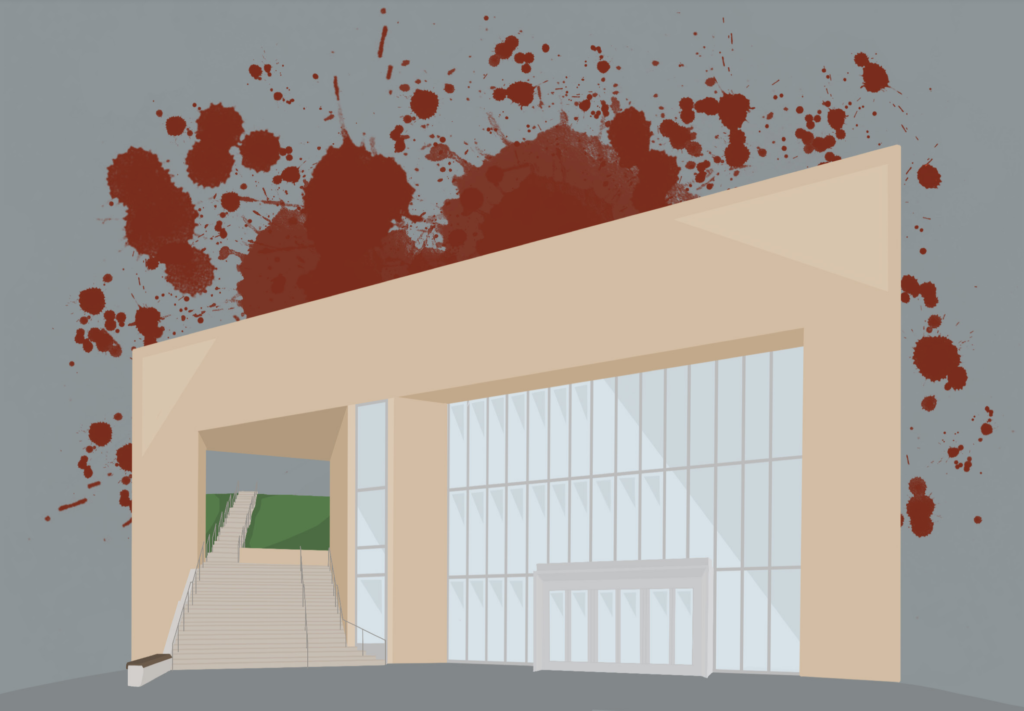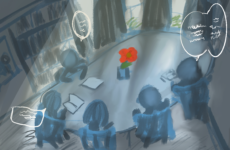How do we socially organize ourselves at Choate? Dorms, clubs, and ensembles are all ways that we connect with each other while exploring common interests, but there is one type of organization missing from the list: affinity groups.
Affinity groups are organizations comprised solely of people who identify with a certain demographic, whether race, gender, sexual orientation, or other cultural identifier. Many other institutions have specialized groups only for black, queer, or differently abled students and employees; yet, Choate does not officially condone the formation of exclusive student groups.
Choate clubs are required to allow admission to anybody who demonstrates interest. Selective musical ensembles are exceptions to this rule, but even so, anyone can audition. These rules likely exist in order to create an inclusive environment for all, which I believe to be a worthy cause, especially when an organization’s goal is to spread awareness of issues to the greater school community.
Inclusivity, however, has its shortcomings.
All-inclusive clubs cannot service certain demographics the same way affinity groups do. Affinity groups provide valuable space for members of marginalized communities to gather, empower one another, and understand how to navigate the world together as members of the same marginalized community. These exclusive groups provide a platform for members to hold discussions with the common ground of their shared cultural identifier, not needing to water down their conversations or rephrase their ideas to cater to those not of their identity.
An affinity group can also be a community, a family to turn to for those that find it difficult transitioning to Choate. Here, many people face problems they have never experienced before and could use guidance to get through these problems. In some cases, shared experience from students who identify similarly can facilitate this guidance and self-awareness.
Despite the rules, some existing clubs at Choate function essentially as affinity groups. While these clubs’ memberships are technically open to all, efforts to recruit new members are geared towards the target demographic rather than the entire student body. This is no fault of the students. Rather, it is a fault of the school’s approach to club life. Clearly, students who are attempting to create pseudo-affinity groups from clubs would benefit significantly from official, school-sanctioned affinity groups.
One could argue that affinity groups simply cannot replace certain clubs. Because of the limitation of their membership, affinity groups can’t reach the broader school population in the same way that clubs can — and I would fully agree to this point
Affinity groups and clubs are complementary to each other, not exclusive of one another. The presence of affinity groups would help clubs better serve their function of bringing together people of different experiences. With affinity groups fulfilling the need to to occasionally unite people with similar cultural identifiers, clubs can freely admit allies.
At Choate, we are a conglomerate of countless identities, all trying to find a place in the mass. Affinity groups would provide us direction by giving students the space to build a stronger sense of our own identities. In gaining greater self-awareness, we would over time begin to better understand the identities of others and become a stronger, more compassionate community.




